Facilities and equipment
Our spectacular range of facilities and equipment will enhance your learning and allow you to immerse yourself in exploring your future career. Find out more about what we have on offer at Sunderland.
Close
Our spectacular range of facilities and equipment will enhance your learning and allow you to immerse yourself in exploring your future career. Find out more about what we have on offer at Sunderland.
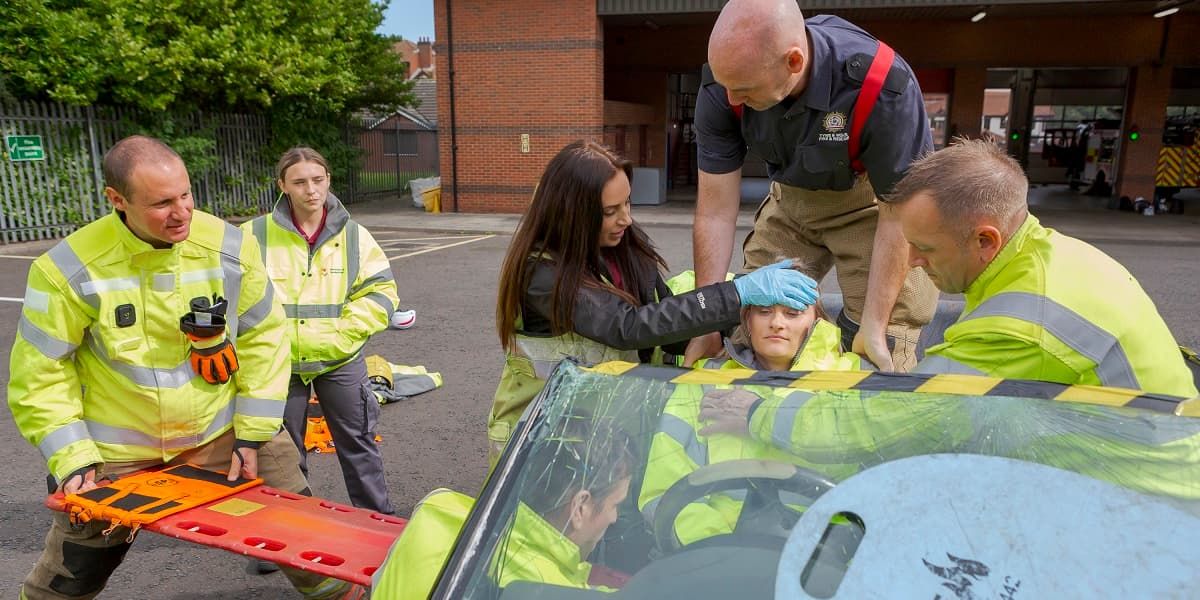
Allied Health Professions and Public Health courses are inherently practical, hands-on degrees, which is why we emphasise allowing you to practice your skills through simulations. This allows you the opportunity to apply your training in a realistic, yet safe, setting. We regularly run a range of simulations throughout the year, including interprofessional collaborations with other students, as well as seasonal simulations, including saving Santa Claus!
We also have a range of simulation manikins, such as various SimMan patient simulators (SimMan 3G, SimMan ALS, Sim Junior and Sim Baby) to CAE Apollo and Caesar manikins, to anatomically realistic SimBodies and lower-fidelity simulation manikins. SimMan and Apollo manikins can demonstrate realistic physiological behaviour, including blood pressure, a pulse, drug recognition technology (in SimMan 3G) and each model can be pre-programmed with various medical scenarios.
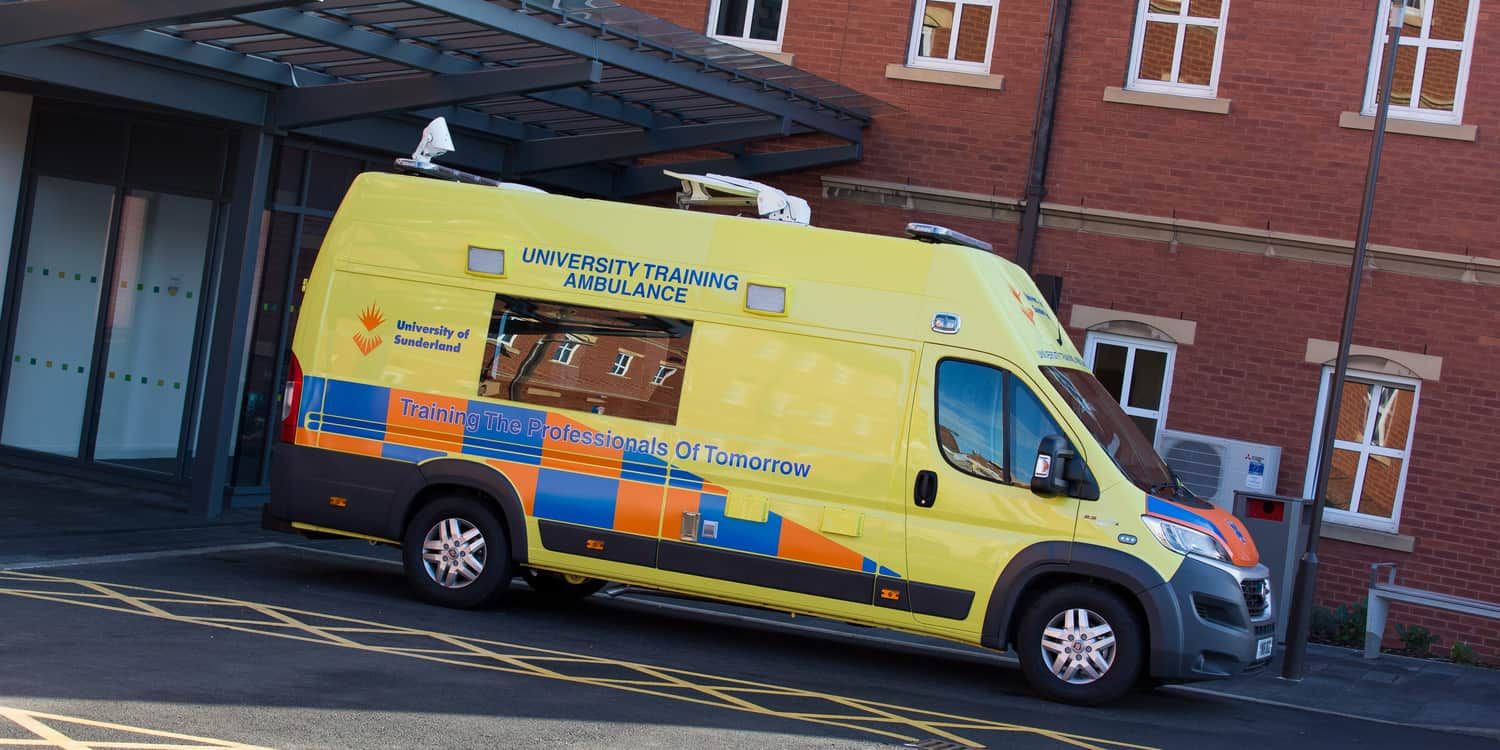
For our Paramedic Sciences students, our bespoke simulation ambulance allows you to experience the day-to-day work of an ambulance paramedic, as well as showcase the learning and assessment technology. Our simulation ambulance is situated in Tech Park 4 and contains the latest technology, including high-fidelity manikins and remote video.
You'll use a training ambulance supported with IT connectivity that enables a range of patient journey and care scenarios to be modelled so you can develop your paramedic practice in a realistic setting. This allows your course to be very innovative in its design and delivery, allowing you to undertake clinical simulation in a variety of remote settings throughout the region.

Designed for our Occupational Therapists, the mock house all of the rooms and amenities you would find in your own house, with a bedroom, bathroom, living space, kitchen and dining area, and allows you to simulate making adaptions to the home itself. The mock house is the perfect space to simulate how Occupational Therapy is delivered in this setting, as well as practicing using the equipment you might provide to facilitate independence for your patients too.
The space is also used to learn about some of the psychosocial interventions Occupational Therapists provide, for example anxiety management and relaxation, play therapy and group work.
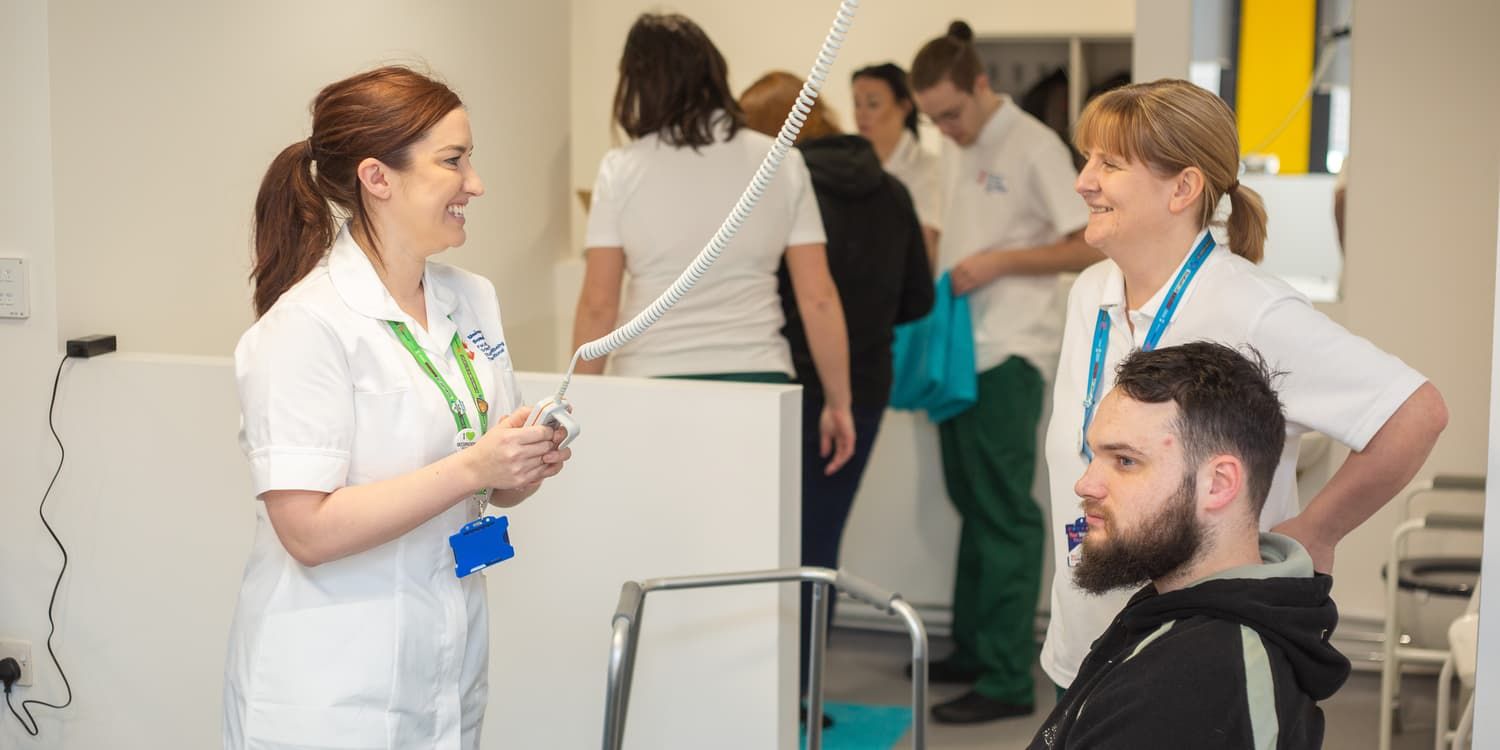
The Occupational Therapy room is a multi-purpose space used by our Occupational Therapy students for a range of purposes. As well as being a creative space, with facilities to create artwork, pottery, horticulture and many other crafts, you can use this space when you are making thermoplastic splints.
The Occupational Therapy Room allows you to observe and engage in activities Occupational Therapists might adapt and use as an intervention, as well as being adapted to facilitate different styles of learning through our flexible approach to teaching.
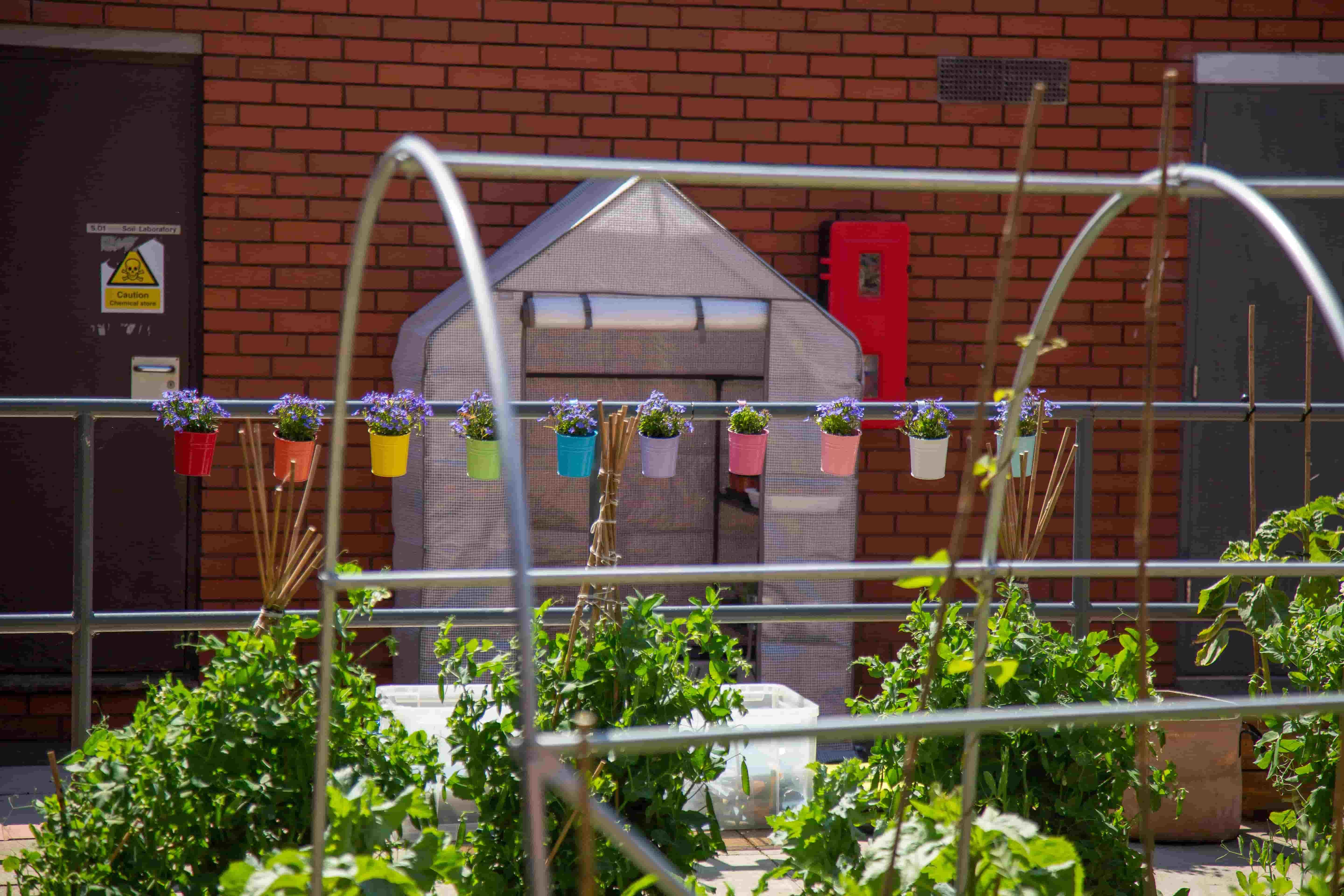
The garden is an outside classroom space utilised by all Occupational Therapy students. There is a range of research around the benefits of gardening, and our students are able to analyse and contribute to this. Furthermore, the garden enables you to spend time together to develop friendships within your cohort, as well as enjoying other experiences within this space to maintain your health and wellbeing during your studies.
We also use the garden to benefit the community. For example, the previous year, we had an abundance of flowers which our first year students had planted and looked after, which were then harvested and delivered them to residents in a local care facility.
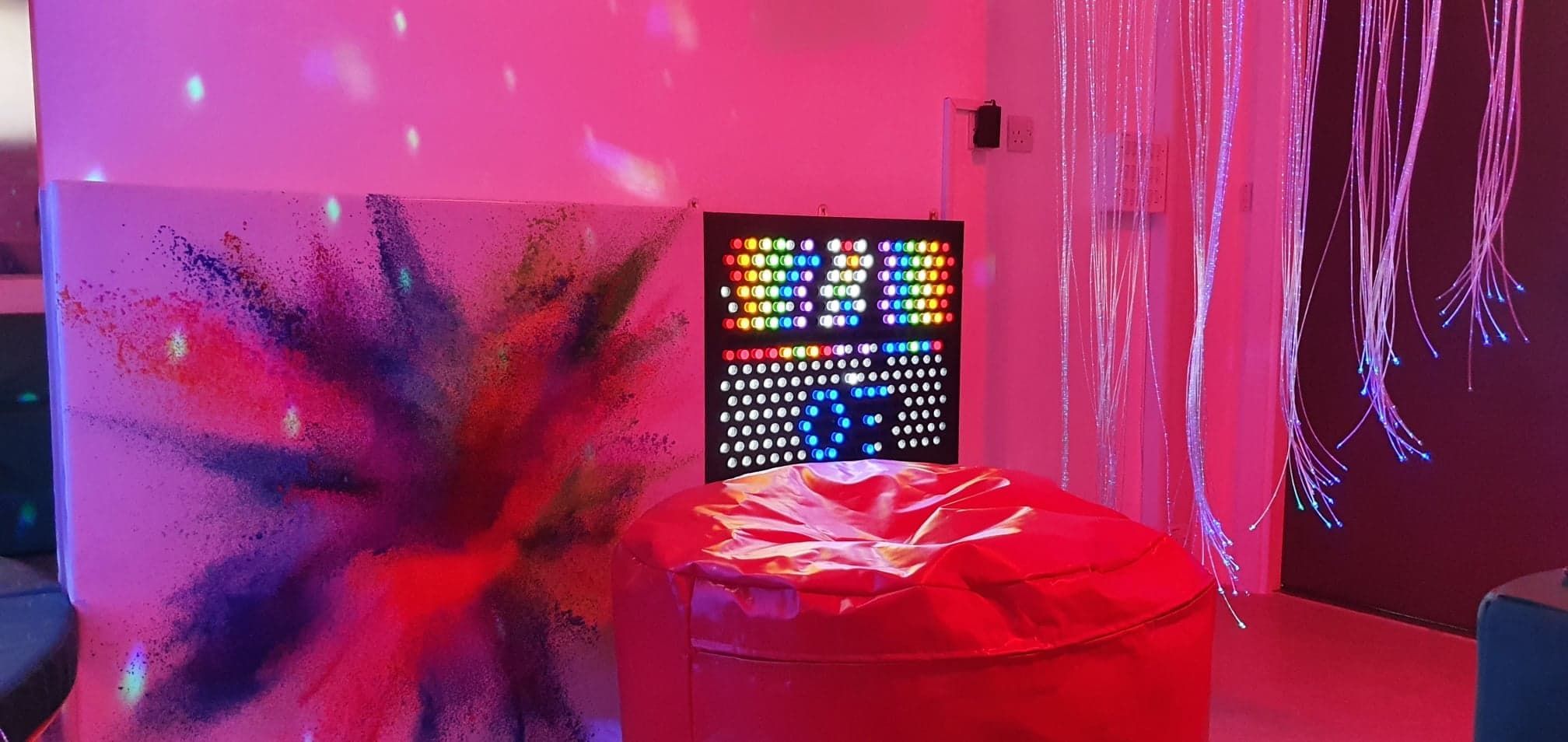
This space is primarily used as a learning environment for our students, as well as for research. There are various sensory stimulants, including lights, a variety of textures, and more.
All our Occupational Therapy students utilise this room throughout their degree, as we have staff members who are sensory integration trained to ensure our students recieve the best training and experiences within this room. We also use the multi-sensory environment for our placement opportunities, and use them with our partner organisations to provide clinics.
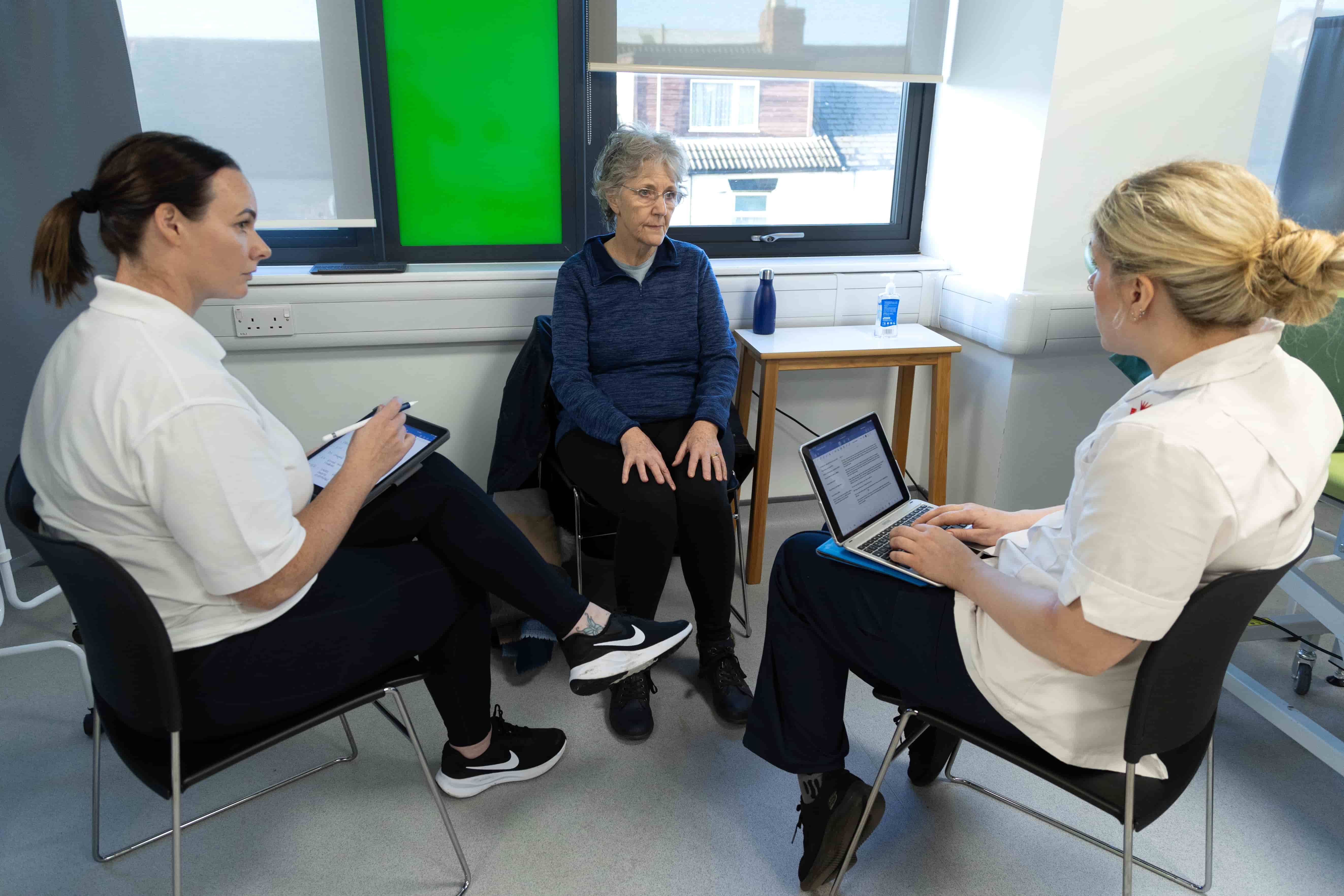
To aid our simulation experiences, we work with Patient, Carer and Public Involvement participants. PCPI participants’ experiences can be extremely valuable in identifying gaps and priorities in the subjects we teach, as well as providing crucial verbal feedback to our students to aid with their assessments and training.
For all courses within Allied Health Professions and Public Health, our PCPI participants act as patients within various scenarios to aid the learning of our students. We often utilise PCPI participants for our simulation days, as they can help to create a more realistic atmosphere to allow our students to learn and practise their future careers.

Utilised by Paramedic and Physiotherapy students, the Anatomy Lab is equipped to deliver contemporary anatomy teaching and learning including gross and living anatomy as well as osteology and clinical imaging.
For our students, we have a collection of Adam Rouilly anatomical models representing all body systems, as well as portable ultrasound equipment. We also have an Anatomage Table which provides a touch-screen ‘operating table’ to deliver virtual cadaveric dissection alongside radiology, pathology, embryology and histology learning resources and clinical content.
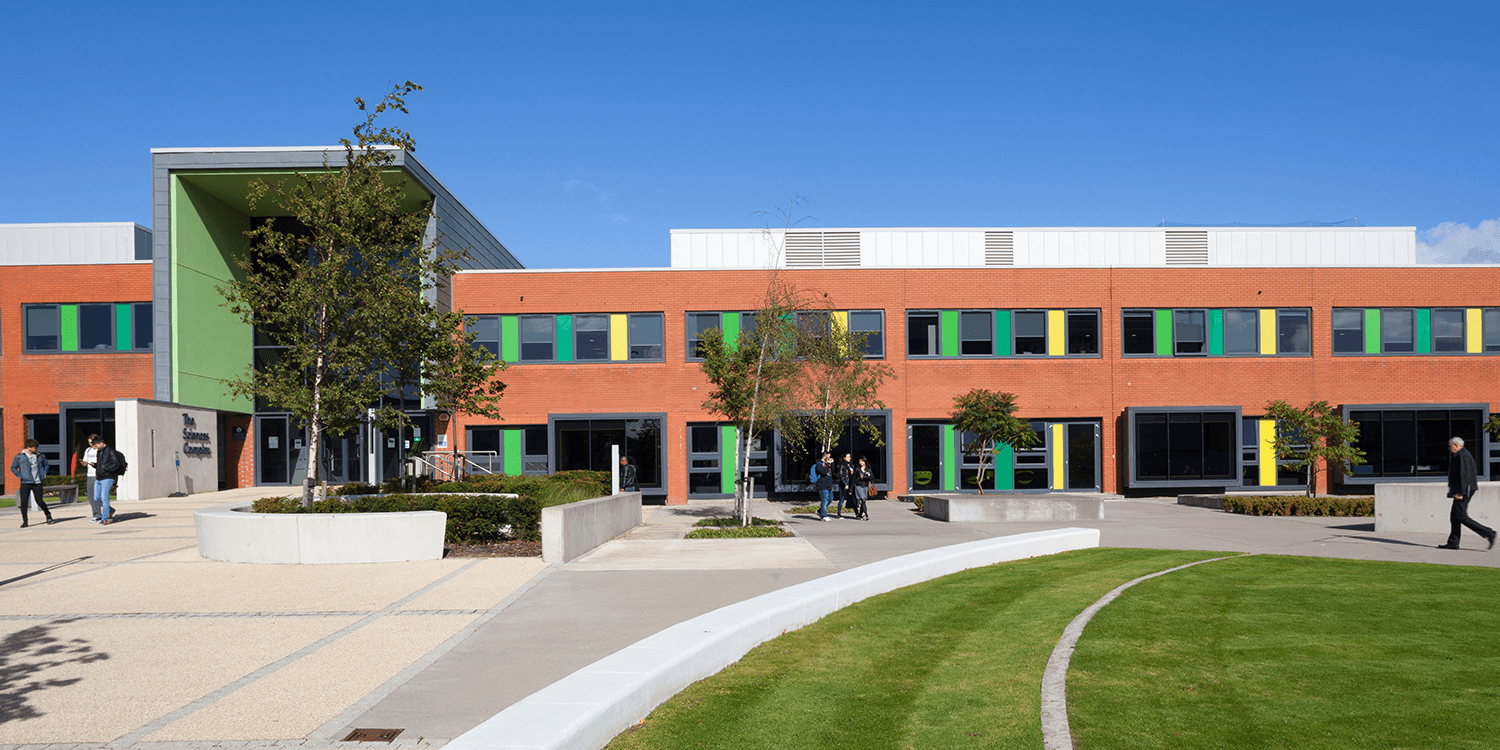
The John Dawson Sciences Complex is based on our City Campus. It is the central hub for many of our Allied Health Professions and Public Health courses and comprises a variety of teaching and learning spaces, including labs, problem-based learning classrooms and facilities that encourage interprofessional learning.
We have several specialist laboratories, including the Living Lab, which allows you to have a chance to experience simulated scenarios you may encounter in your future career. You can practice your skills in a safe environment, while monitored by our staff through the adjacent task trainer room. The Living Lab also contains the immersive suite, which is designed to make scenarios feel as close to reality as possible, to enable students to practice their clinical skills safely.
Many of the academic staff offices are based here, with an open-door policy in place, meaning they are always willing to make time to support you, whether it be personally or academically.
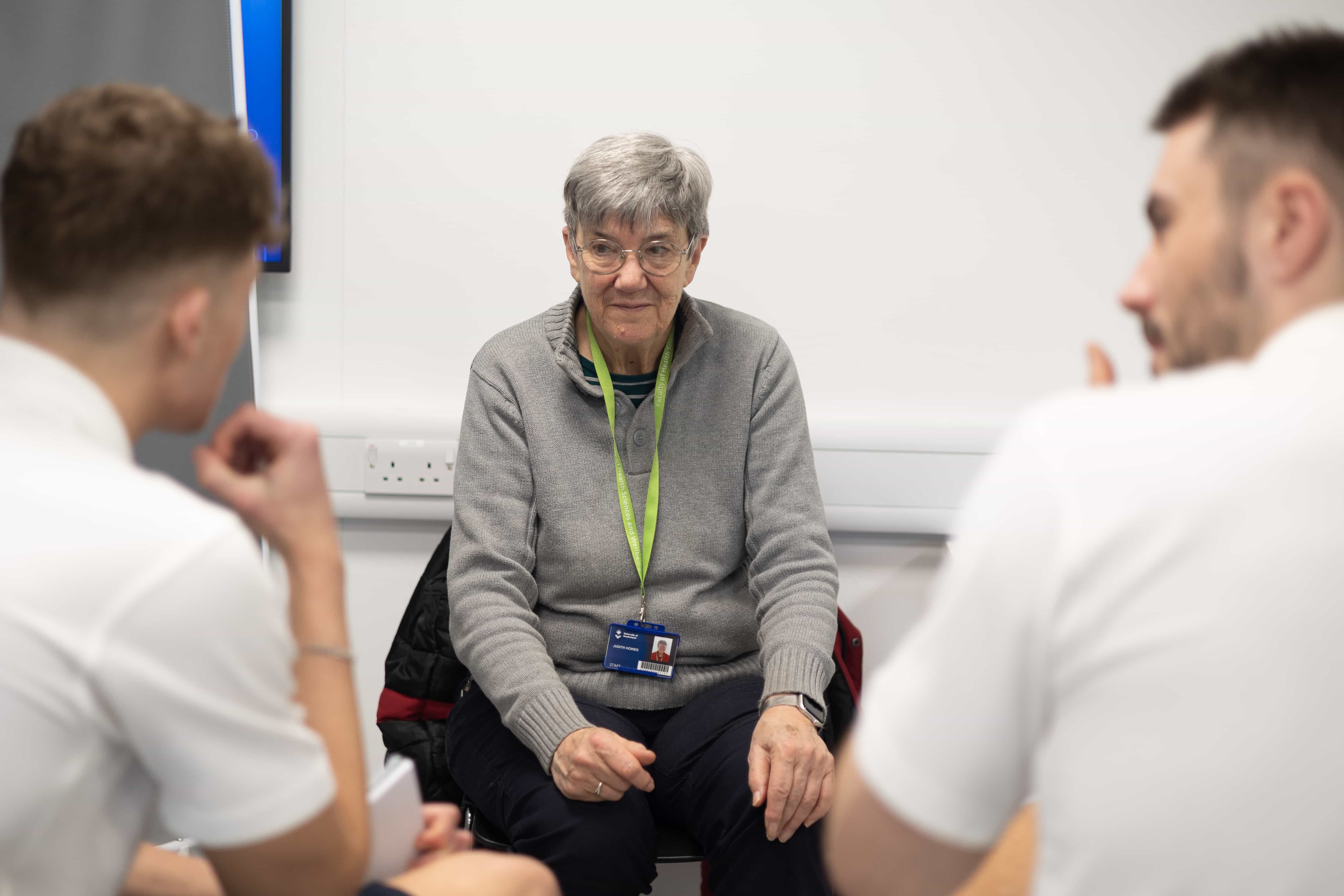
Primarily for Physiotherapy provision, the Darwin Building includes a range of facilities, including a gym fully equipped with a range of cardiovascular and resistance training equipment.
Furthermore, the Darwin Building includes an Activities of Daily Living (ADL) mock flat with simulated living space including bedroom, kitchen and bathroom areas. This allows you to develop your skills in a true-to-life environment that may mirror what you do later in your career. There is also a separate multi-purpose open plan space that is used for active play and creative activities, suited to the developmental or rehabilitative needs of children and adults.
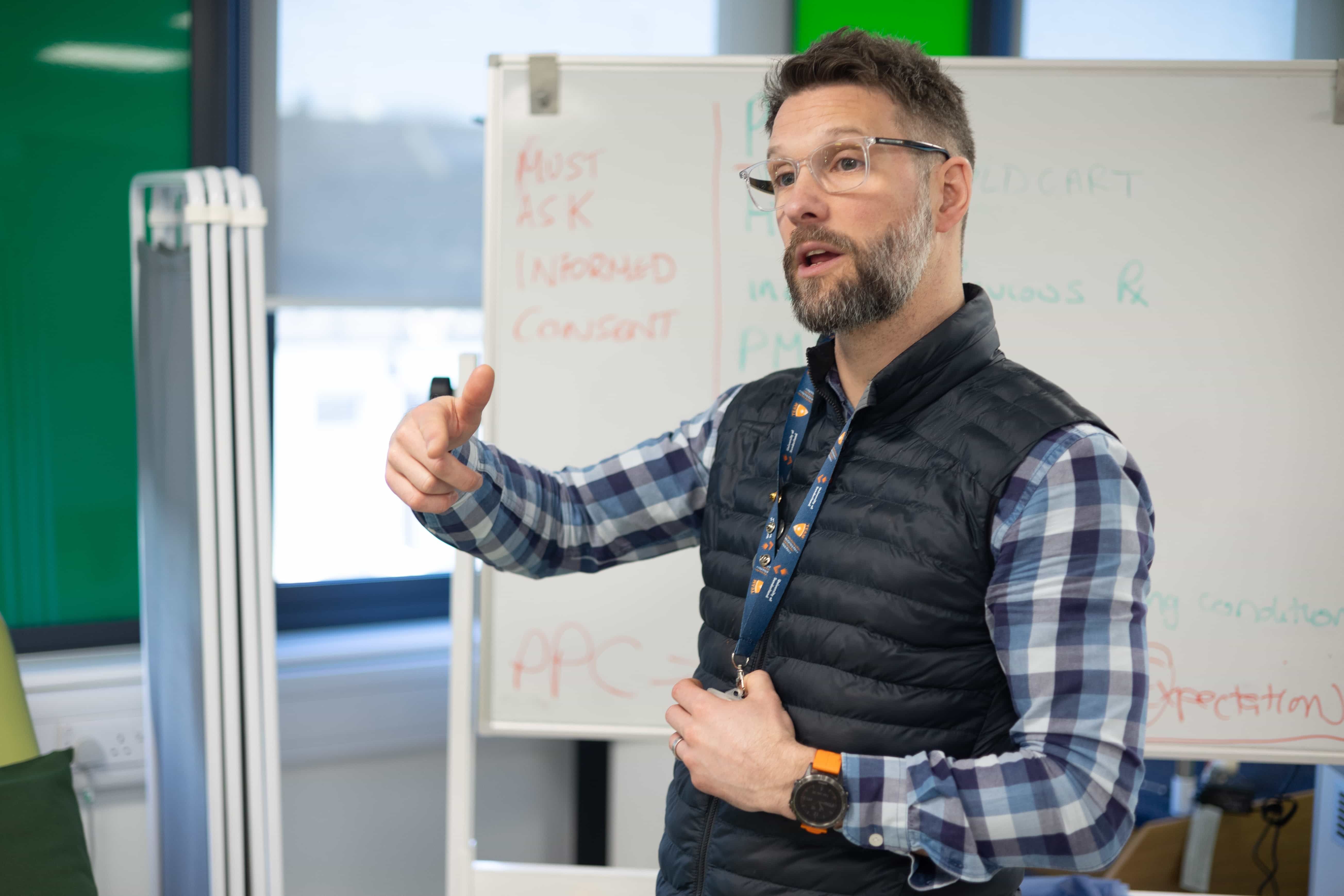
Specifically designed for the use of Physiotherapy students, the Clinical Rehabilitation Laboratories are multi-purpose teaching spaces that can be used for lectures, seminars, workshops, as well as a range of learning applications including problem-based, enquiry based, peer supported and examinations. The laboratories are also fitted with cameras to enable practical exams to take place.
Our high-spec laboratories allow for our Physiotherapy students to learn and apply their anatomical knowledge and key skills in movement analysis, while focusing on the underpinning knowledge of biomechanics and kinesiology. We have a range of equipment that physiotherapists use in clinical practice, such as plinths, walking (zimmer) frames, elbow crutches and walking sticks, as well as anatomical models to examine fully before applying your knowledge to real-life bodies through peer learning.
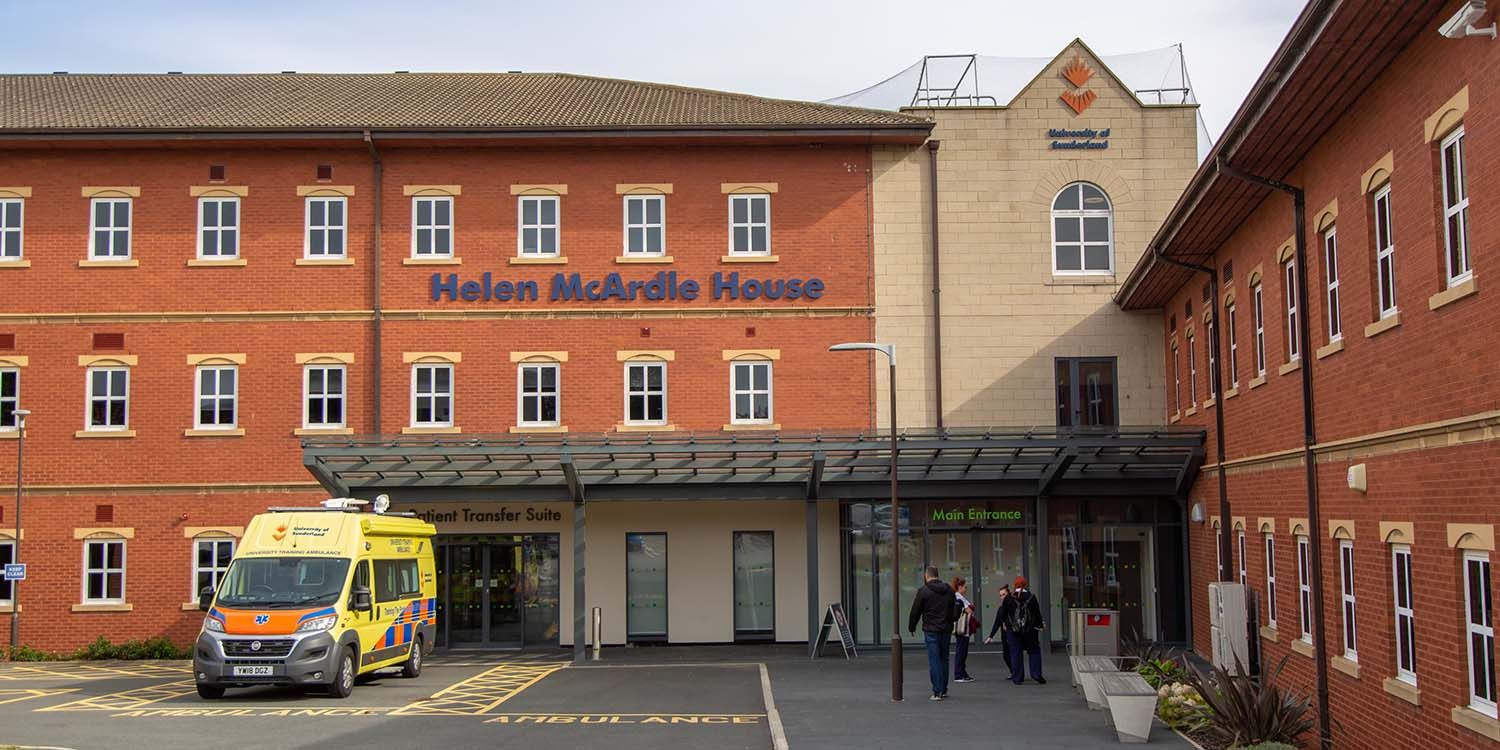
Also located on City Campus, many of our healthcare courses are taught at Helen McArdle House, including Paramedic Sciences. Helen McArdle House has also benefitted from multi-million-pound investments to faculties, providing a variety of teaching and learning spaces, including mock hospital wards, OSCE suites, the Patient Diagnostic Suite, Mental Health and Wellbeing Suite and seminar and IT classrooms.
There are also academic staff offices within Helen McArdle House, who offer office hours as well as an open-door policy.
Find out more information about Helen McArdle House.
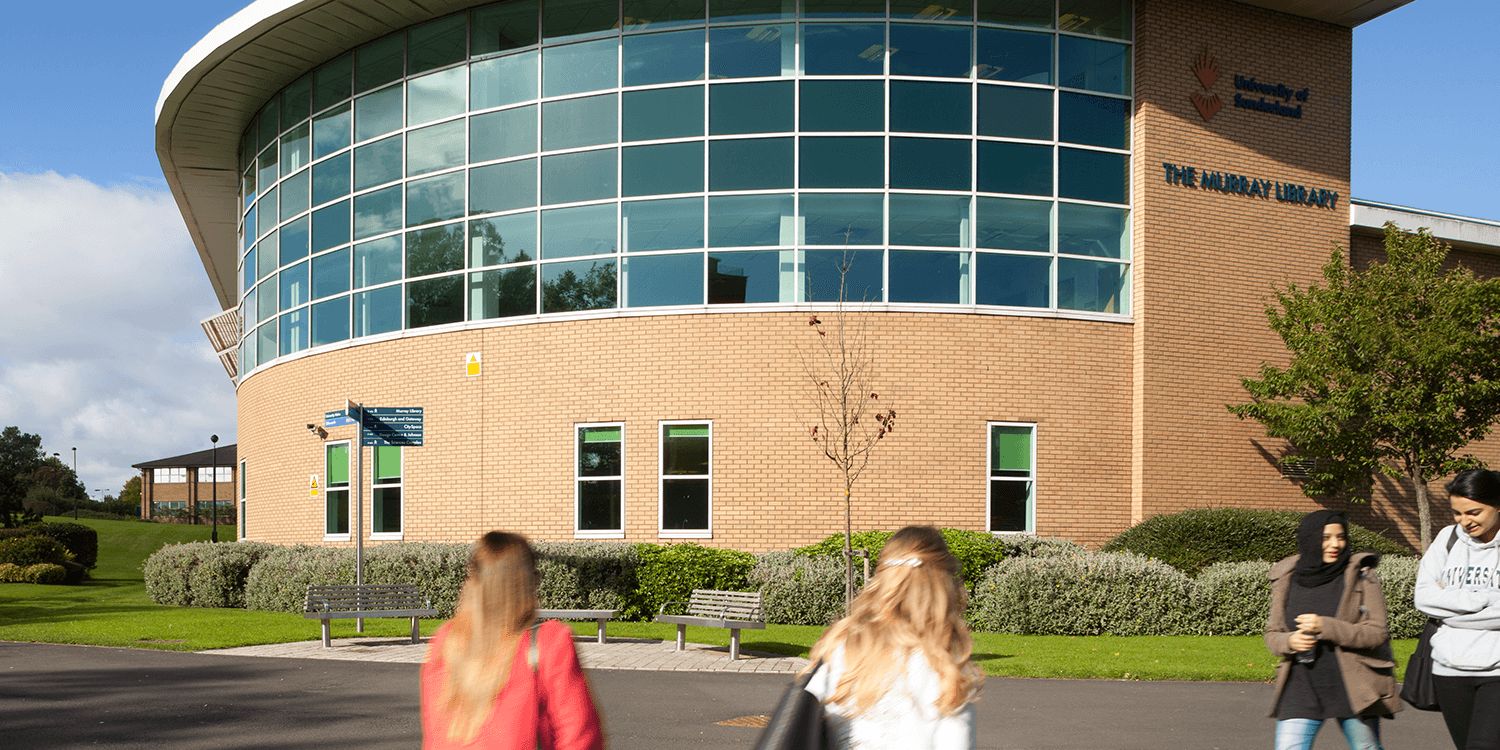
We have a range of books and e-books available for our Allied Health Professions and Public Health students, with more titles available through our inter-library loan service.
We also subscribe to a comprehensive range of print and electronic journals so you can access the most reliable and up-to-date academic and industry articles.
Some of the most important sources for your studies include: